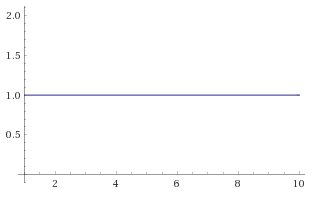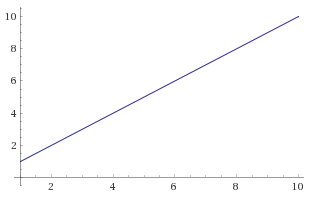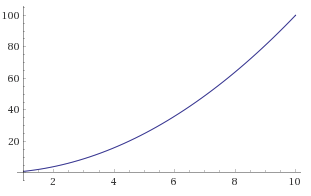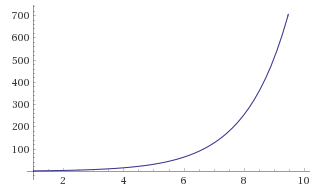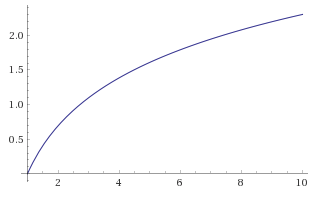Big O Notation
Some things make your brain shut off. You just see complex, not looking
closer. Big O Notation can be like that. It’s a way to describe the
efficiency of an algorithm, how the “speed” is affected by the growth of the
input, n. Computing it can be tricky, so start off just learning how to read
it.
Here are some simple examples.
O(1)
const funk = (n) => { }
Constant - It doesn’t matter what the size of n is. This function will
always take the same amount of time to run.
O(n)
const funk = (n) => {
n.forEach(x => { })
}
Linear - This as the size of n grows, the time to run this function will
grow linearly.
O(n2)
const funk = (n) => {
n.forEach(x => {
n.forEach(y => { })
})
}
Squared - For each item in n we loop, then again within each loop.
O(2n)
const funk = (n) => {
return (n <= 1)
? n
: funk(n - 2) + funk(n - 1)
}
Exponential - The time doubles for each increase of n; it grows
exponentially. This is OK for small inputs, but will quickly start to suck as
n grows.
O(log n)
const funk = (n) => {
return (n <= 1)
? n
: funk(n / 2)
}
Logarithmic - The time for this function grows more slowly as n
increases, logarithmically, the inverse of exponential growth. These kind of
algorithms cost a lot initially, but pay off for big inputs.
